11. Journeyman (2007)

The video resembles a colorful kaleidoscope, the pictures follow each other in a fast rhythm. Khavn does not care that different formats come together in the process. Whether it's a picture filling the screen, one with a black border or an extreme landscape format, everything is there. The dynamic created by the rapid editing does not disturb, on the contrary, an astonishingly uniform picture is created. (Teresa Vena)
12. The Last Gag of Buster Quizon: Nothing Funnier than Unhappiness (2007)
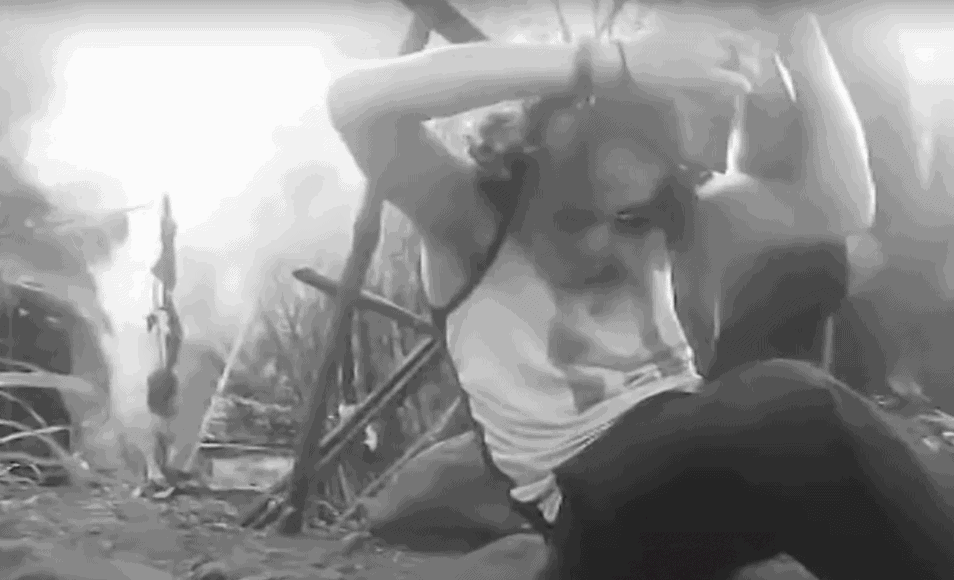
Despite the leisurely rhythm of the production the tension in the film remains. What will happen? Will the man be killed or will he kill himself? As the title of the film suggests, however, it is not a tragic, threatening mood that the film creates. On the contrary, Quizon plays a bohemian who, with his elegant clothes and hat, seems to have sprung out of an opera and is only slightly affected by the roughness of the real world. (Teresa Vena)
13. 3 Days of Darkness (2007)

For the most part, “3 Days of Darkness” is pretty enjoyable. Khavn tends to bring about tons of atmospheric flourishes throughout the first half as the ensuing darkness approaches and everything gets spelled out. As we go through the empty house and get an idea of what they're going to be living in for the rest of the film, it brings a strong ambiance that's in play throughout their time stuck inside. The strong undertones of their religious practices, not only with the everpresent candles and paraphernalia but the visit to the priest and numerous discussions they engage in throughout the day, adds nicely to that feel. With the rainclouds and blowing winds outside creating even more of a biblical presence, that works to add an eerie vibe here. (Don Anelli)
14. Christmas Alms (Namamasko Po) (2008)

The cheerful screaming of the boys gives the film its rhythm. The short appears wild and full of energy like its protagonists. Fast cuts and short takes dominate the picture. The children incorporate the camera, it gets like one of them. It is not a disturbing factor, they have no fear of it. The viewer feels part of the group for a short time. He almost gets a little dizzy from the temperament of the children. This effect is supported by the pictures, which are slightly out of focus and only sparsely lit, since most of them were taken at dusk. (Teresa Vena)
15. Philippine Bliss (2008)
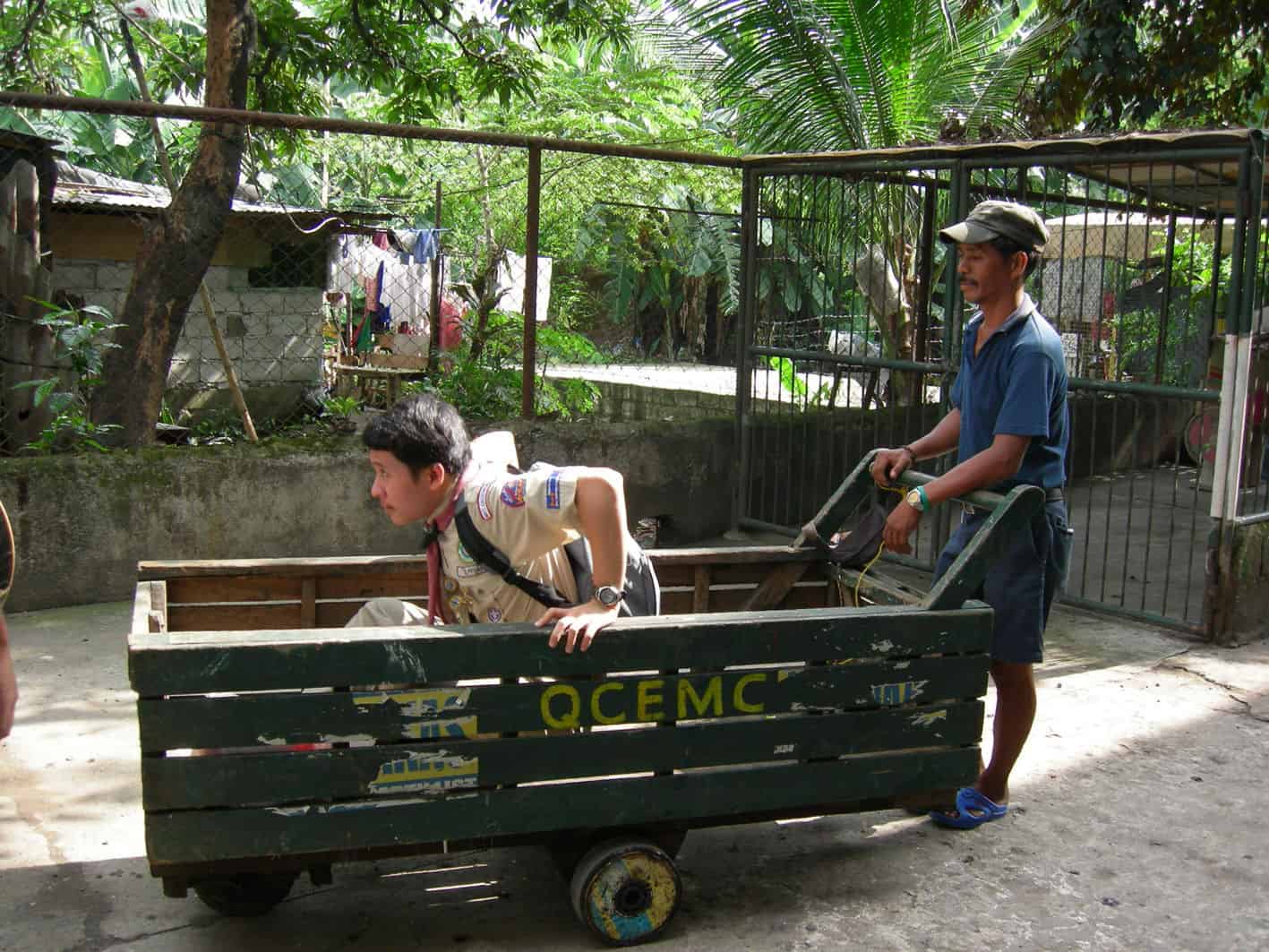
The narrative of the film follows a kind of pattern, with the protagonists talking to the camera about their lives and thoughts, a few moments of action (occasionally even including people running, fighting, and being trapped) and Bonifacio sitting in his room listening to radio programs or doing a number of mundane “chores”. Add to all that some dancing, a cock who is repeatedly about to be stolen, and you have the backbone of the presentation of the film.
16. Overdosed Nightmare (2008)
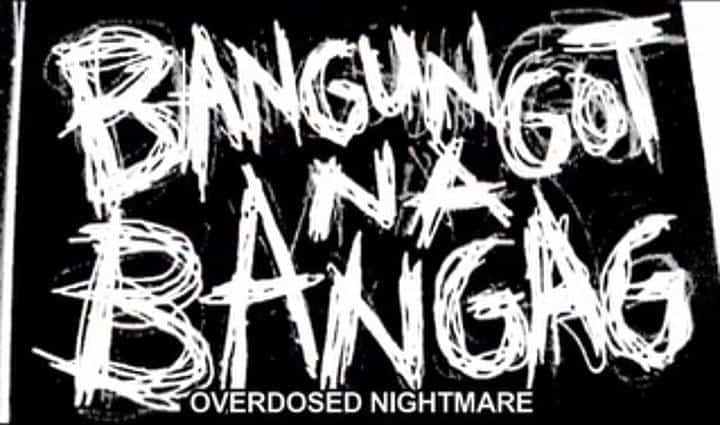
All the aforementioned, however, are depicted through Khavn's unique style, that features a torrenting succession of sequences, occasionally in color, occasionally in black and white, with cinematographers Albert Banzon, Alma de la Pena and Khavn himself presenting a number of images as chaotic and intense as the overall aesthetics of the film. This sense of chaos is also heightened by the fact that “Institute of Poets”, a short Khavn shot before, is also incorporated in “Overdosed Nightmare”. In that regard, Lawrence S. Ang's editing is, once more, one of the most central elements of the narrative, with his work implementing the chaos in the most impressive fashion.
17. Manila in the Fangs of Darkness (2008)
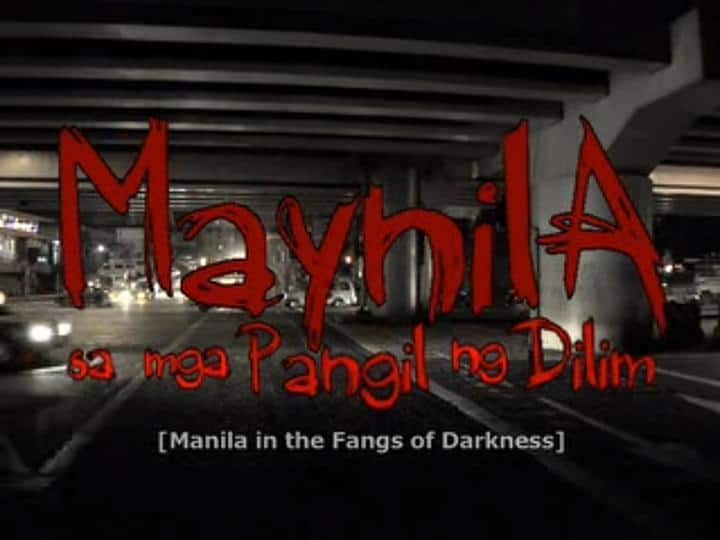
From the opening titles, the tribute-like nature of the film becomes quite evident, with a sense of retro permeating the screen, along with Khavn's extreme sense of humor, as indicated by the fact that three actors' parts are named as “Ligaya's lovers”. As the actual movie begins, and similarly to the original film, the camera follows Bembol Roco, who, in this case, is named Kontra Madiaga, as he follows a beautiful woman, again named Ligaya, in the streets of Manila. The girl does not interact with him, but instead functions as a medium for Khavn to show the inhumanity that dominates the metropolis, while Kontra, in his effort to protect Ligaya from all the decay, ends up being a murderer. His tactics however, do not have the desired effect, and Ligaya eventually succumbs to prostitution. (Panos Kotzathanasis)
Buy This Title
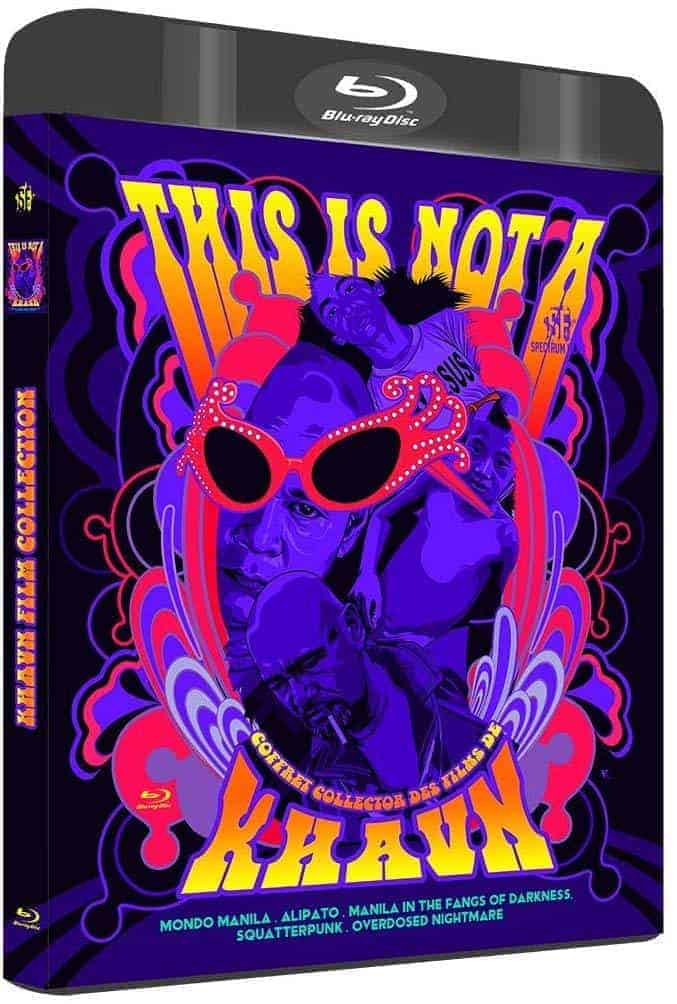
18. Pushcart Family (Pamilyang Kariton) (2009)

The camera is very close to the faces, so close that one almost believes he watches the drops of sweat. At an other moment, the picture rests with a certain distance on the three people on the cart. It suggests a feeling of serenity and confidence, which makes one forget how poor the circumstances shown are. A newborn baby lies shrivelled up in the arms of its mother. She holds it lovingly and talks to her husband. A happy family, it seems, at least for the moment. (Teresa Vena)
19. Philippine No Wave: This Is Not a Film Movement (2010)
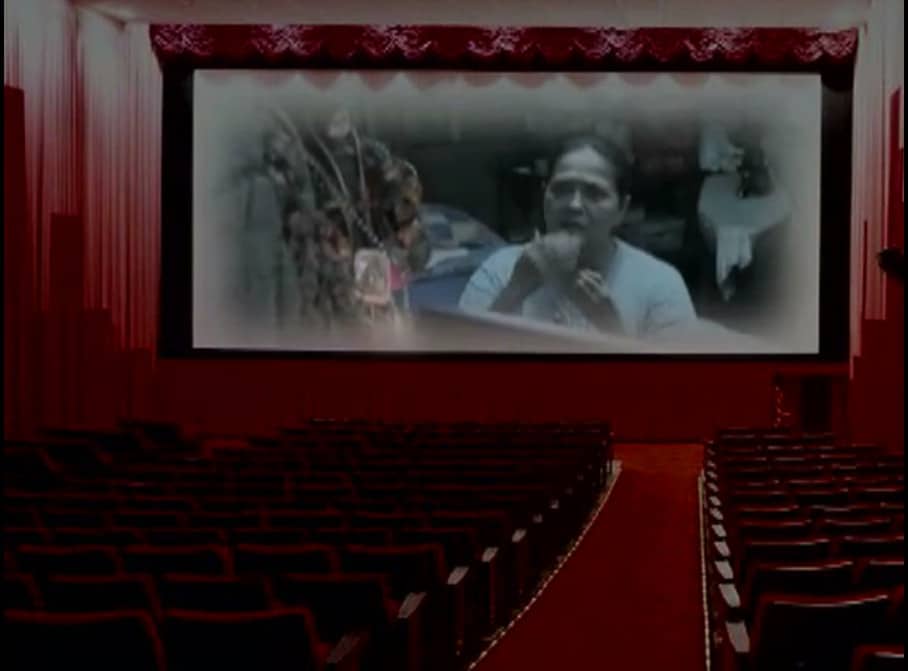
In this set of interviews, which are split according to the question asked, we listen to the likes of Lav Diaz, Brillante Mendoza, Adolfo Alix Jr, Raya Martin, John Torres, Roxlee and Ditsi Carolino talk about what filmmaking means for them, the effect digital technology had on filmmaking and them as artists, the meaning of independent cinemas, and many other topics. The opinions stated differ much, but the viewer can clearly see the passion, the thinking, and the very analytical opinions these filmmakers have about all aspects of cinema, a number of which could be described as “anarchic” and “punk”. Listening to Lav Dias mentioning that the notion of cinema being just a medium of entertainment is a fascist notion, for example, is indicatory of the phrases uttered here, although not all the filmmakers are as radical.
20. Zombie Mariachi (2010)
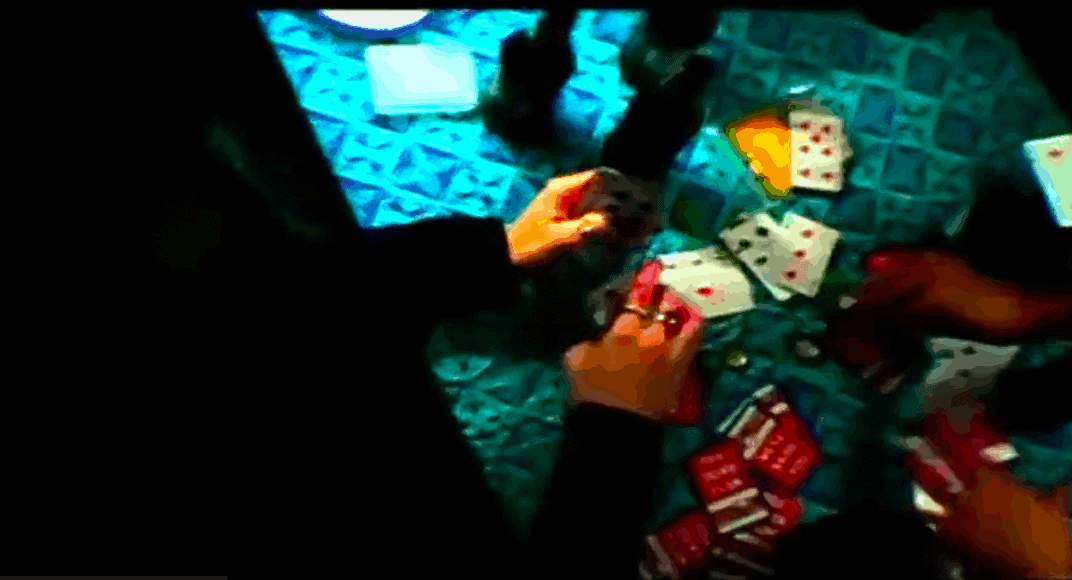
These zombies are harmless, it seems. They shuffle through the streets with their clouded look, which reminds of that of drug addicts. The zombie Mariachi has his guitar on his back and only the blood on his white shirt could make him suspicious. But the people walking past him don't seem to notice it. Nobody is afraid of him. Not even a young woman who joins him after a short while. (Teresa Vena)
21. Kommander Kulas (2010)
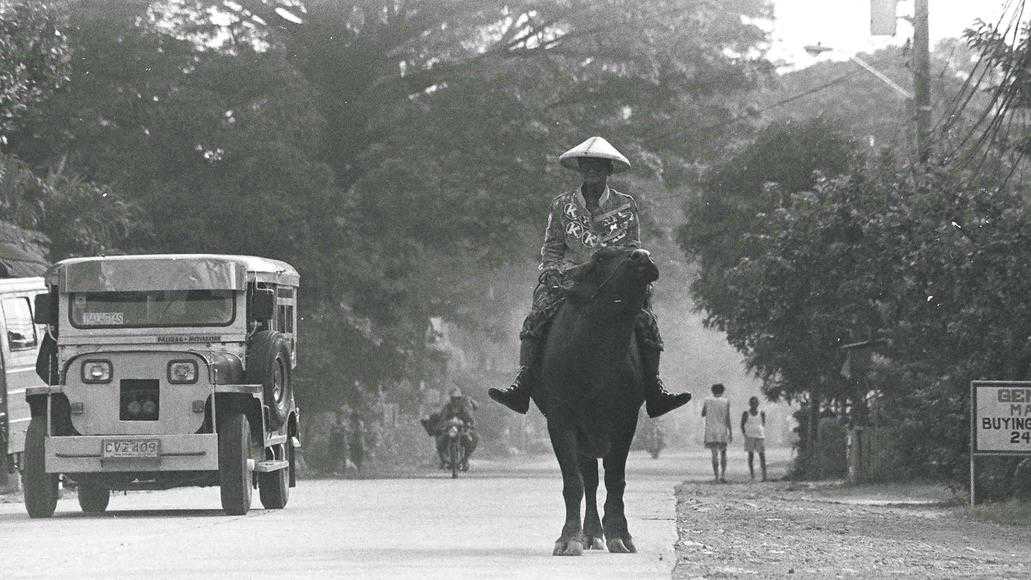
The combination of visuals and narrative result in something that could be described as Jodorowsky's version of Don Quixote, although the mininalism of the short deems the narration the main source of this element. Albert Banzon‘s camera implements mostly long-shots in the presentation of the Kommander, in a tactic that allows a sense of mystery to surround the character, since his face is barely visible, but also for the natural beauties of the setting to be highlighted. The presence of pianos, on the other hand, gives a surrealistic note to the story, while the aforementioned extreme sequences add a gothic element, particularly through the presentation of various religious motifs and symbols. Lawrence S. Ang‘s occasionally abrupt cuts towards these images induce the movie with a sense of shock, in an otherwise relatively slow pace.
22. The Trial of Mr Serapio (2010)
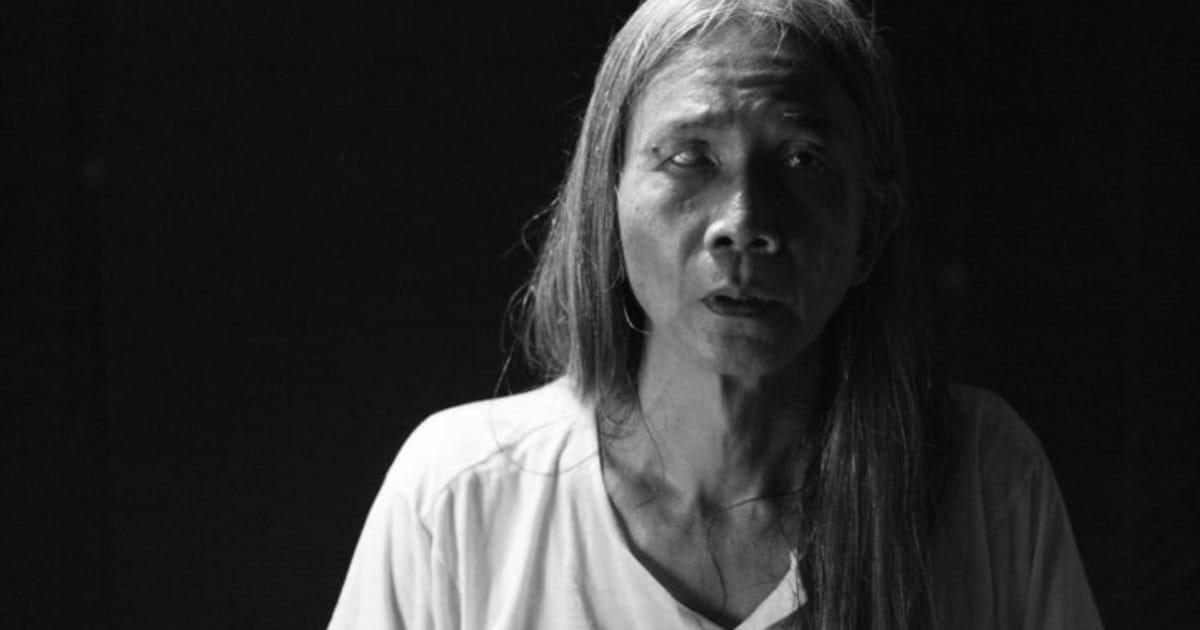
The narrative progresses in this fashion, with sequences of Serapio's past where he is walking through the streets of Manila, singing songs with a distinct sociopolitical context followed by scenes of the rather theatrical trial, where it is eventually revealed that Serapio represents all these people the authorities conceive as dangerous: Artists, dreamers, unemployed, poor, unmarried, everyone that strays away from what society perceives as normal, with Mr Serapio essentially collecting them all in his persona. The way he is arrested, accused, scrutinized for every part of his life (essentially meaning that the authorities are constantly watching those who perceive as dangerous) and ridiculed, all the while not being sure of what is his crime and why he has to face this behaviour, mirror the ways the aforementioned “groups” are treated by the system, with the inequality and unfairness being the rule in that regard. Jess Santiago, who was also in charge of the music, highlights these elements quite eloquently in the role of Serapio, as he portrays his bewilderment, frustration and eventual sadness with equal artistry.
23. Kommander Kulas: The One and Only Concert of the Amazing Kommander Kulas and His Poor Carabao in the Long and Unwinding Road of Kamias (2011)

The narrative bares some semblance with road-movies, both through the travelling duo and through the concept that the vignettes are actually individuals Kommander Kulas meets in his travels. This element however, is quite abstract and surrealistic, while the piano and the various locations it is placed add even more to this last aspect. The narration also makes very little sense, occasionally seeming like poetry, occasionally like mythology and occasionally as something that cannot be classified in any way, with the only element keeping the whole thing together being the succession of the three different types of segments, which is what allows the narrative to exhibit at least some semblance of form.
24. Breather (2011)
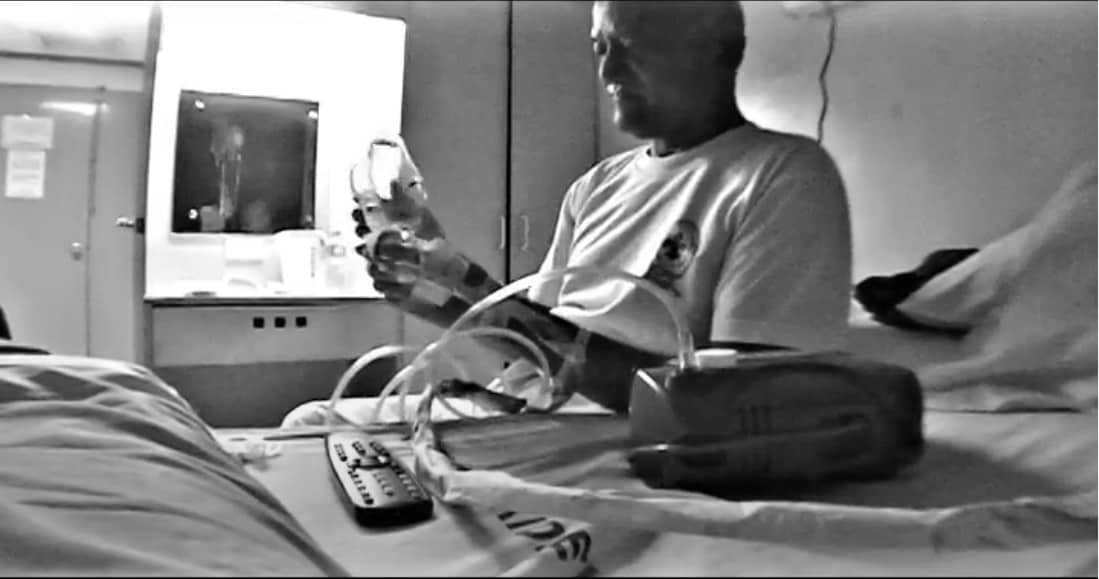
Khavn's approach is the one that “forbids” the film from becoming a melodramatic tear-jerker, since the main theme would definitely be up for something like that. However, the mosaic approach, the laughter of the kids and Khavn himself, the footage of the rehearsals of a band (where Khavn's mother also sings at one point) and the way Leonardo conducts himself, move the film into a whole other direction, that does not invite any kind of forced sentimentalism, in probably the best trait of the narrative.
25. EDSA XXX: Nothing Ever Changes in the Ever-changing Republic of Ek-Ek-Ek (2012)

Expectantly, the presentation of all these comments is as absurd and surrealistic as possible, both in terms of conception and implementation. The characters, for starters, include a leader named Nigger Thunder, Ana Mari, a former prostitute who becomes the First Girlfriend, a resistance group consisting exclusively of mermaids, the Duck-Egg Trio, who leads the largest religious cult in the country, and the Basketbag Brigade, martial artists who function as henchmen for the Hukbalaka, the four bald men that actually run Ek-Ek-Ek. All these characters and the Odyssey-like events that lead Three Eyes to leadership are presented through a combination of musical and low-budget sci-fi sequences, that also include a rather absurd but also impressive, martial arts action scene.
26. Mondomanila (2012)
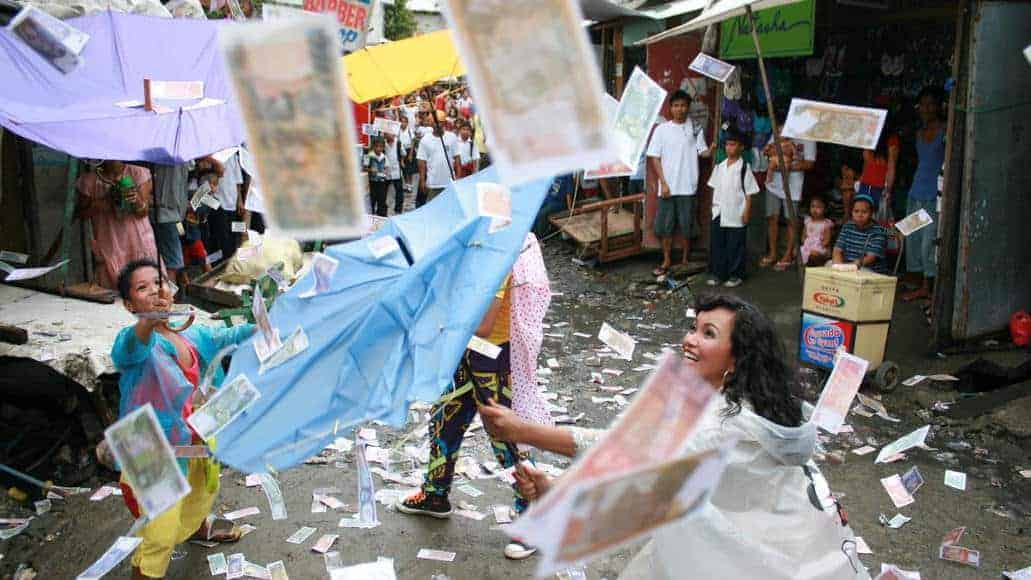
The general premises of the film are dramatic, but Khavn has coated the whole narrative with his exploitative sense of humor, both in terms of characters and episodes, in a tactic that “forbids” the viewer from feeling sorry for the miserable life these misfits live. Notwithstanding, his characters do not feel miserable at all, as we watch them dancing, singing and in general having fun, even despite the fact that they live in a true hellhole and suffer a number of maladies. The ending scene with the dancing in the streets cements this approach in the most delightful way, with the overall music video elements also moving towards the same direction.
27. Kontra Madiaga (2012)

“Kontra Madiaga” seems like a kind of mantra, reminiscent of a religious cult, which at the same time has a threatening side, but also something old and therefore self-evident. The leading role is played by the Philippine veteran actor Bembol Roco, who ties in with two of his early roles, both with a similar name. During his long collaboration with director Lino Brocka, Roco first appeared 1975 in “Manila in the Claws of Light” (“Maynila, sa mga Kuko ng Liwanag”) as Julio Madiaga and in 1989, in the last film the director and actor realized together, as “Commander Kontra” in “Orapronobis” (aka “Les Insoumis” aka “Fight For Us”). Both characters are driven by their wish and need to take revenge. (Teresa Vena)
28. Kalakala (2012)

The mashup result is rather impactful, as the film functions as an amalgam of silent movie, cinematic visualization of a poem, modern opera, documentary and fiction. Throughout its 71 minutes, however, there is a steady feeling of melancholia and despair that permeates the whole production, deriving from all the aforementioned audiovisual aspects. The fate of the country and particularly the areas hit by Sendong seems to be mirrored in the man walking, as he appears completely ravaged and lost, while his ending, points distinctly towards a Greek tragedy, probably mirroring the fate of the thousands dead.
Watch This Title
29. Book of Storms and Darkness (2013)
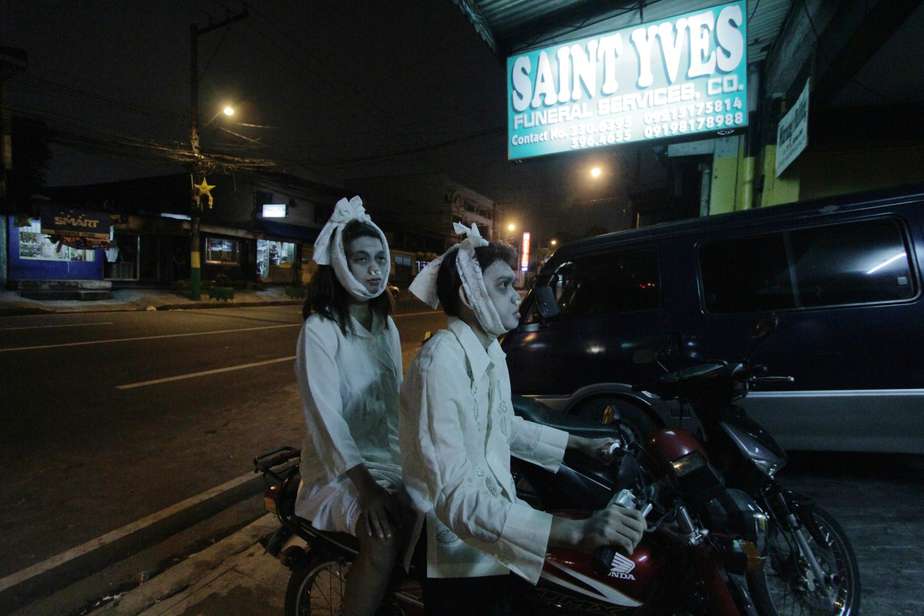
Anna Maria Ortese's magical realism frequently featured supernatural creatures that were presented as a regular part of a setting, as in the case of “The Iguana”, where the titular being is an ill-treated servant in a noble house. Khavn takes this concept and transfers it on the streets of Manila during the night. One of his poems' lyrics states “Oh My Beloved Darkness”, and this seems to be one of the central ideas of the short, that it is darkness and night that welcome all kind of creatures, as a “kinder” and more “accepting” setting than the day. This concept makes even more sense if these creatures are perceived as a metaphor for the “misfits” of society, who are the people Khavn mostly focuses throughout his career. Once more, children also play a significant role in the movie, with their playful but also violent tendencies adding another level to the context.
30. Ruined Heart: Another Lovestory Between a Criminal and a Whore (2014)
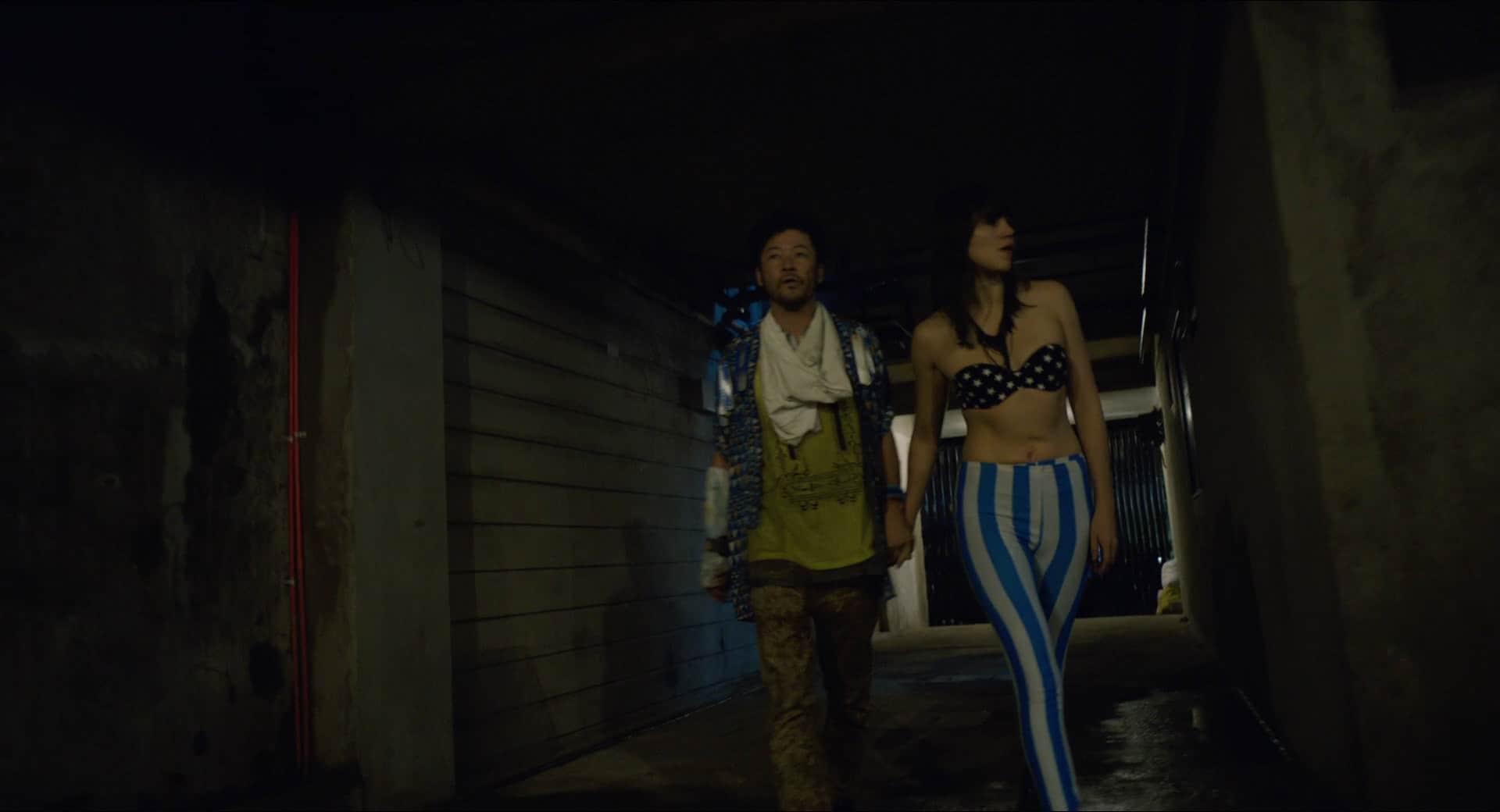
Although the story eventually becomes clear, the narration is by no means traditional and actually looks like a collage of the director's notions. In that fashion, the spectator becomes witness to a scene in a brothel where everybody has sex while a band is playing live, a sex scene that includes a phonebook and a picture of the Madonna, and constant changes between tranquility and rapid scenes of chasing and violence. The dialogues are quite scarce and have been replaced by a plethora of perpetually altering songs, as music is actually one of the protagonists of a film that quite often looks like a video clip.
Buy This Title
by clicking on the image below













